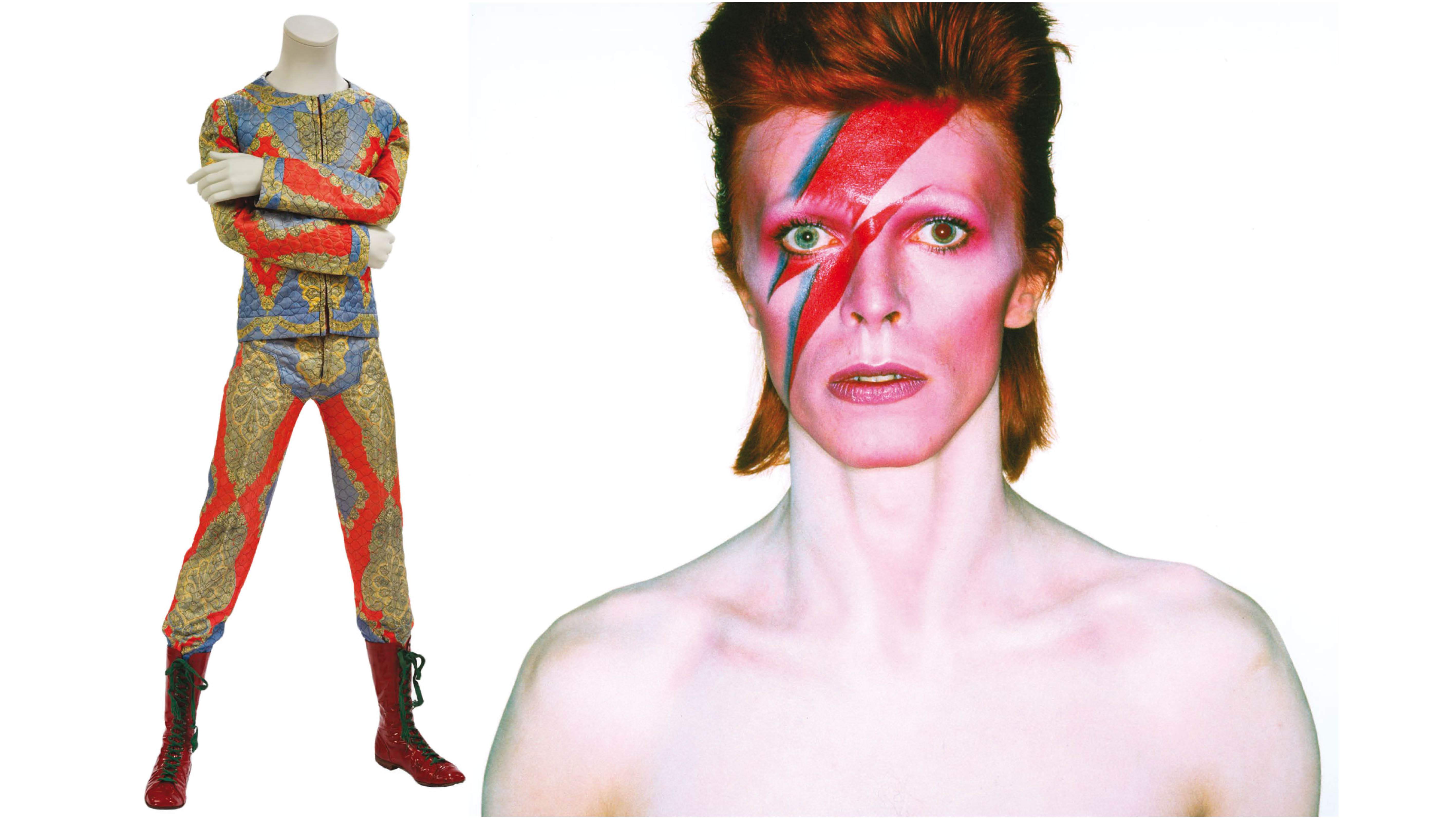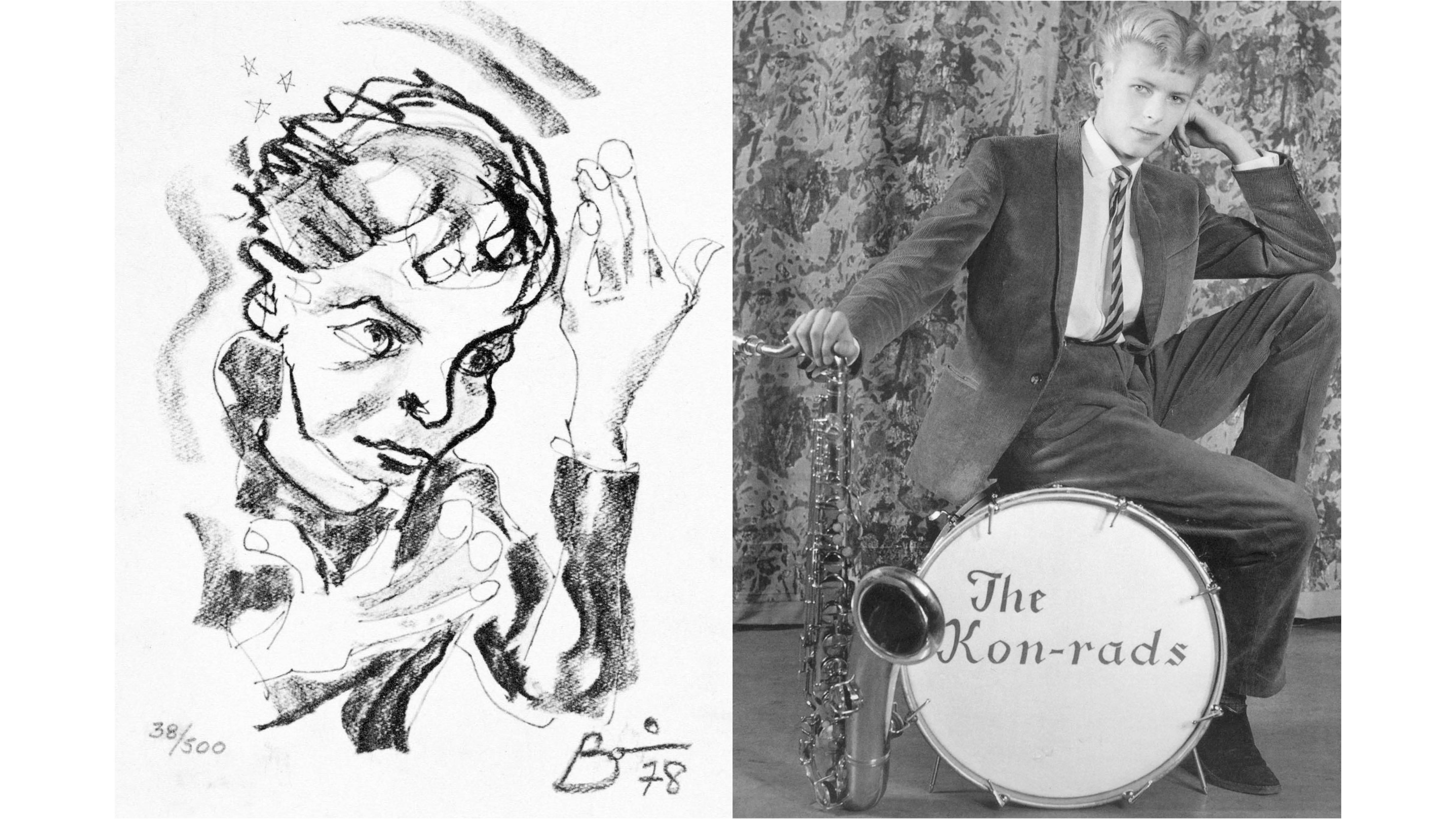An exhibit showcasing David Bowie’s legacy is coming to Brooklyn. Rob Bound, Culture Editor at Monocle, offers an inside view
“David Bowie is,” the hit exhibition about the artist, has followed the man’s trajectory: London, Berlin, New York. For the last 20 years of his life, his home was Manhattan, where he was the family man, heading out in disguise to galleries and gigs, getting a light from sidewalk smokers who carelessly offered a Zippo or a match before missing a beat to wonder about that guy’s unmatched, lupine eyes, that sing-song south London baritone. But then it was too late; the night-time ninja was gone, slipped around the corner. And then? And then, sadly, it would always be too late. Reports of Bowie spottings in New York were common; encountering him yourself was a once in a lifetime affair. Many people said it was like meeting a character from a movie in real life. This exhibition, coming to the Brooklyn Museum for its final encore after playing to adoring crowds in London and Berlin, translates some of that myth, some of that aura, and yet also shines a spotlight on his process and preoccupations. It is a testament to the strength of the work of the man himself and the skill of the curators who have put this world tour of an exhibition together.
While the core of the show stays the same, each of the exhibition’s international iterations have seen new work unveiled – or rather, old work presented afresh – and the Brooklyn Museum leg of the Bowie journey has some tantalizing secrets up its sleeve. Visitors can marvel again at the well-known stuff such as Bowie’s early ’70s Ziggy Stardust creation and DA Pennebaker’s untouchably strange and intimate footage of that final Ziggy concert at the Hammersmith Odeon. But they can also ogle the drawings and concepts for Bowie’s final album, “Blackstar,” and specific American and New York material that has not turned up or been displayed before. Anne Pasternak, director of the Brooklyn Museum, is jubilant at being custodian of the show’s victory lap.
“When Bowie gave his blessing for the exhibition to the Victoria & Albert Museum back in 2013, he was very clear in his desire to have the final venue be here in New York,” she says. “He designated about 40 objects to be added to the exhibition for New York. And here we are!”


